Curated OER
Personal Artifacts
Ninth graders put their observation skills to work. In this observation skills lesson, 9th graders examine personal artifacts that their instructor has gathered. Students take notes on the artifacts they analyze and write lab reports...
Curated OER
Oobleck
Second graders observe the properties of Oobleck. In this science and observation lesson plan, 2nd graders examine Oobleck and make a list of 10 properties that they notice. They explain their observations.
Curated OER
The Birth of a Butterfly
Students explore the life cycle of a butterfly. In this butterfly lesson, students visit Internet websites, observe a live butterfly culture, and examine pictures of the stages of the butterfly life cycle in order to independently...
Curated OER
Name That Cheese!
Students explore a variety of cheese. In this cheese lesson, students sample 4 different cheeses produced from cow's milk and recorded their observations about the cheeses prior to identifying them.
Curated OER
Copycats
Students practice making prints of their own unique designs. In this printmaking instructional activity, students create a design with paint on Styrofoam plates. They press their painted picture on paper to create a duplicate print. They...
Curated OER
Observation Challenge
Fourth graders, in groups, use observation skills at 12 stations and describe what they see.
Curated OER
Using Source Material Online Lesson
Fourth graders critically examine photographs. They ask questions leading to relevant research about photographs. They complete online research to gather information about photographs.
Curated OER
Touching Traits
Students describe objects using only their sense of touch. In this activity on describing characteristics, students use only their sense of touch to describe an unseen object in a box. This activity can be used an an introduction to...
Curated OER
Observation Journal
In this ocean life worksheet, students observe the plants, animals, human activity, park rules/local laws, at a specific location. Students also observe any activity in neighborhoods, the water sources for the area, the water uses, and...
Curated OER
Check Out Your Change!
Students examine a coin and write down details about the coin. They use appropriate tools and techniques to gather information. They employ logic to determine differences between the coins.
Curated OER
Nature Notes
Students spend some time outdoors and record their observations of abiotic conditions, geologic surroundings and living organisms. They reflect and write about the experience of being observant in nature.
Curated OER
Can You See It, Touch It, Hear It?
Students develop and practice observational skills through lab activity.
Science Education Resource Center at Carleton College
Serc: Density With Carbon Dioxide
A guided demonstration where students investigate the properties of carbon dioxide gas and air based on density. Students learn about properties of air through observation and inquiry.
Huntington Library
Huntington Library: Art Wonders
Can portraits talk? What's in a landscape? How do artists make furniture? ArtWonders helps young learners ask and answer the kinds of questions that make observing art an interactive experience.
Science Education Resource Center at Carleton College
Serc: Anning: An Artistic Look at the "Princess of Paleontology"
Students will practice their observation skills by listening to the story Stone Girl Bone Girl: The Story of Mary Anning. They will discuss what fossils are and how they are formed, then complete an observation drawing of some common...
Science Education Resource Center at Carleton College
Serc: Introducing Nature Journal
Why do scientists use a nature journal? This activity is designed to introduce students to learning the routine for using a nature journal and practice using their observation skills and descriptive writing skills in their journal...
NumberNut
Number Nut: Identifying Traits
Investigate the relationship between shapes and identifying traits or characteristics. A concise lesson that explores physical, chemical, and observable traits in the shapes around us. Build on this knowledge by playing the Web Colors...
Science Education Resource Center at Carleton College
Serc: Mn Step: What So You See?
Students practice developing their observational skills in this activity where they examine images related to the topic being studied in science. They record their observations, comment on each other's ideas, and ask investigable questions.
Other
Catch the Science Bug: Animal Observation Investigation [Pdf]
Activity encourages kids to collect and record data about observations they make about animals that live in their area then research the animal to find out new facts about it.
Other
Catch the Science Bug: Insect Observation Investigation [Pdf]
Activity encourages kids to locate insects and record data about observations they make about insects that live in their area, then research the animal to find out new facts about it.
Other
Catch the Science Bug: Plant Observation Investigation [Pdf]
Write down your observations about the different types of plants or flowers you see in their natural habit then record them on the data collection sheet.
HotChalk
Hot Chalk: Lesson Plans Page: Kick Off Seed Explorations
This simple lesson plan is designed to have young students become more familiar with fruit seeds by identifying fruit that contains seeds/no seeds, gathering seeds from fruit, explaining the importance of seeds, explaining that seeds...
HotChalk
Hot Chalk: Lesson Plans Page: Planting Seeds
This simple lesson plan is designed to help young students be aware of how seeds sprout, and that seeds grow into plants.


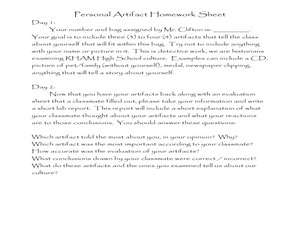
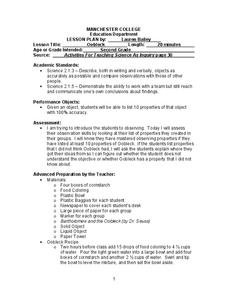
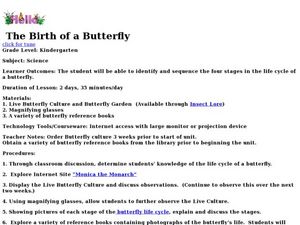


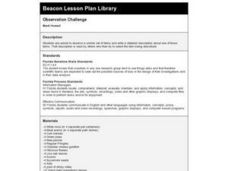



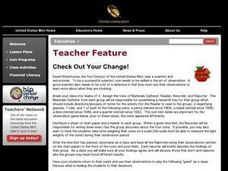



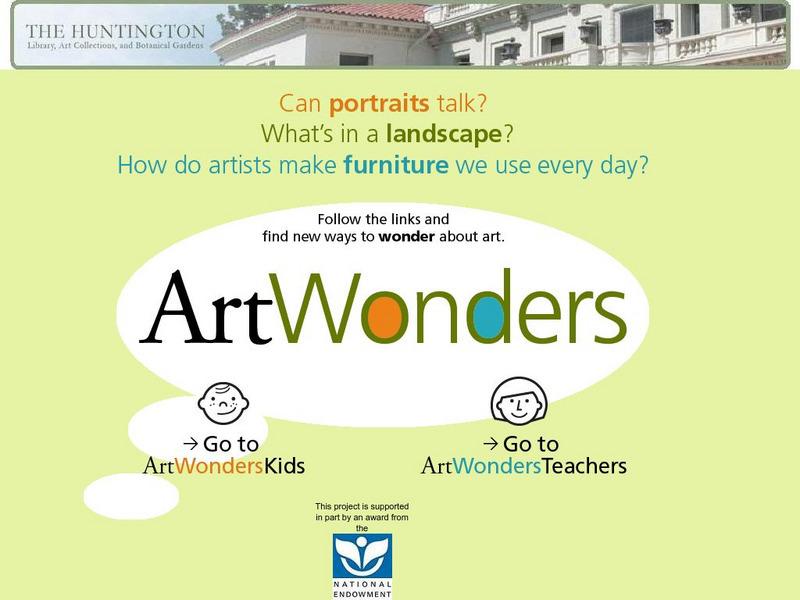

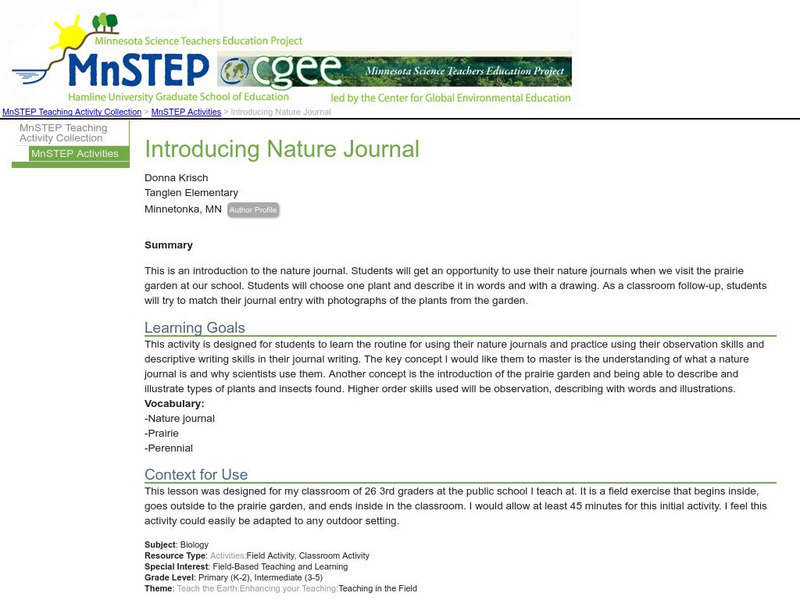

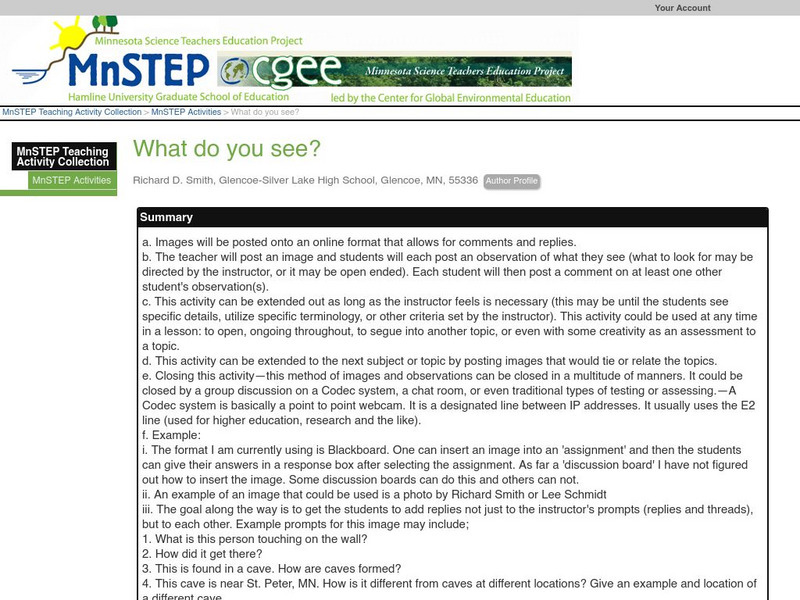
![Catch the Science Bug: Animal Observation Investigation [Pdf] Activity Catch the Science Bug: Animal Observation Investigation [Pdf] Activity](https://d15y2dacu3jp90.cloudfront.net/images/attachment_defaults/resource/large/FPO-knovation.png)